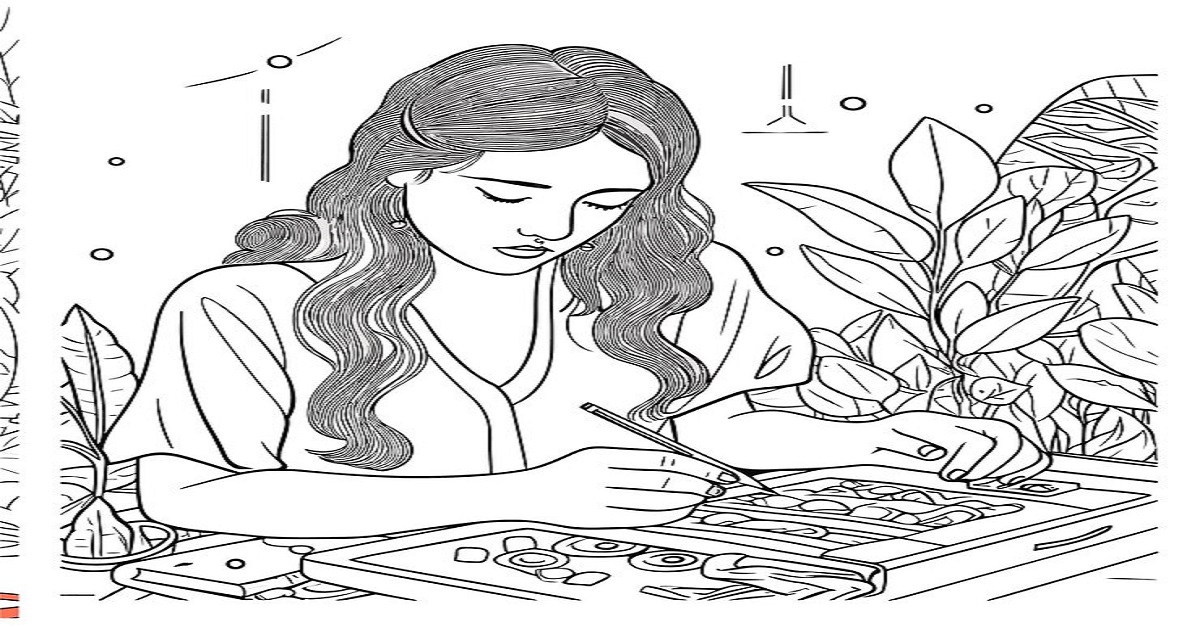Drawing is a fundamental form of visual expression that spans cultures and ages, encompassing a wide range of techniques and styles.
Whether you’re a beginner or a seasoned artist, understanding the basics of drawing can significantly enhance your skills and creativity.
Materials
To start drawing, you’ll need basic materials:
- Paper: Choose smooth paper suitable for drawing. Heavyweight paper prevents ink or pencil marks from bleeding through.
- Pencils: Get a range of graphite pencils (e.g., 2H to 6B) for varying shades and effects.
- Eraser: A kneaded eraser is versatile for both lightening marks and creating highlights.
- Sharpener: Keep pencils sharp for precise lines.
- Drawing Surface: A drawing board or table with good lighting helps create a comfortable workspace.
Fundamental Techniques
- Line Drawing: The foundation of drawing, using lines to outline shapes and forms. Vary line weight (thickness) for depth.
- Shading: Adding depth and dimension using light and dark tones. Practice hatching (parallel lines), cross-hatching (intersecting lines), and stippling (dots) techniques.
- Perspective: Create depth and realism by understanding perspective. Learn one-point, two-point, and atmospheric perspective techniques.
- Proportions: Study proportions of objects and figures. Use basic measurements (head heights, comparative lengths) to ensure accuracy.
Subjects and Styles
Drawing allows you to explore various subjects and styles:
- Still Life: Arrange everyday objects to practice lighting, shading, and composition.
- Portraiture: Capture expressions and features of people.
- Landscape: Depict outdoor scenes, focusing on perspective and atmosphere.
- Abstract: Experiment with shapes, colors, and forms without representing reality.
Practice and Improvement
Improvement in drawing comes with consistent practice:
- Sketch Daily: Dedicate time each day to sketching. Focus on specific techniques or subjects.
- Study Masters: Analyze works of famous artists to learn techniques and styles.
- Seek Feedback: Share your drawings for constructive criticism and learn from others.
Conclusion
Drawing is a rewarding skill that improves with patience and practice. Experiment with different techniques, subjects, and styles to find what resonates with you.
Whether drawing for relaxation or pursuing artistic mastery, enjoy the journey of self-expression through art.
